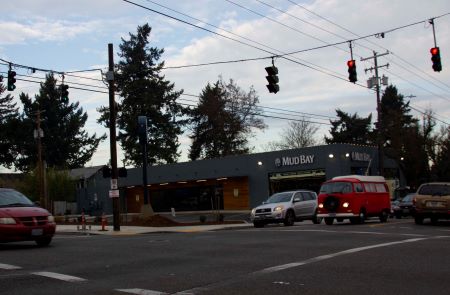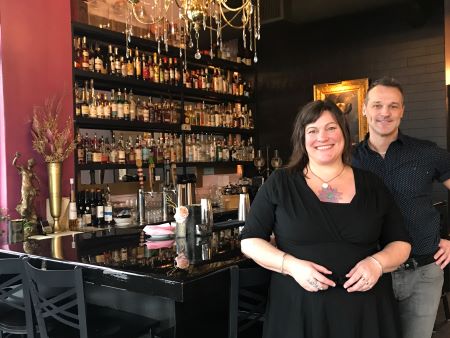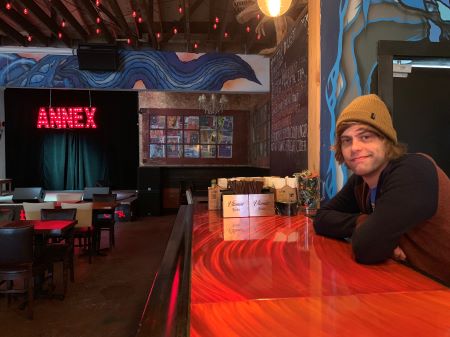By Mischa Webley
Ainsworth Food Market
Ainsworth Food Market on 30th Avenue and Ainsworth Street had a little bit of everything: cheap food, soda and an eclectic collection of everything for sale – from dusty pieces of Tupperware to a strangely specific selection of stationery to a huge selection of flavored incense with pornographic names.
I could see it from the front yard of the house I grew up in, and I ended up there at least a few times a week. Over the years the reasons would change for walking up there. First was the candy. Fifty cents would buy you one of those “fruit” pies – no fruit, just sugar – and I was happily addicted to them.
Then it was for more practical reasons like running errands for my mom. Maybe she was baking and ran out of flour or salt or oil. We would get a last-minute dozen eggs or orange juice and occasionally even some produce, which was parked in the back corner and always looked a little sad.
For my parents, who were very uptight about what food we ate, the candy was my secret, and the occasional purchase of non-organic flour was my mom’s. I kept both to myself.
As I got older, I developed a new addiction to movies, and the market had me covered on that too. I rented VHS tapes from the standing racks of random titles that were scattered around the store. Most of them were out of date and just about all of them were rated R.
The first movie I ever rented, at the age of 12, was Platoon. Of course it wasn’t age-appropriate, but the owner – who worked behind the counter seven days a week – just picked up the phone and called my dad to clear it with him. From then on, I could rent anything I wanted, no questions asked.
Where can you get customer service like that anymore?
Jay’s Food Mart

A little bit further up the street, Jay’s Food Mart sat on the northwest corner of 33rd Avenue and Killingsworth Street. Jay’s was a classic, no-frills mini-mart that reliably had all the junk food and vices you might need.
It was also right on the intersection of the old No. 10 and No. 72 bus lines for added convenience.
Jay’s shut down several years ago and the building sat empty for a long time. The sight of its replacement, a Mud Bay outlet that sells gourmet pet food, is still jarring to me.
Back in the day, the unhealthy selection of food at Jay’s was still some of the only food close by – that part of northeast was a certifiable food desert. The irony is that now it’s a store that sells food for pets that is probably healthier than the food Jay’s sold to us.
But I still miss the old market.

